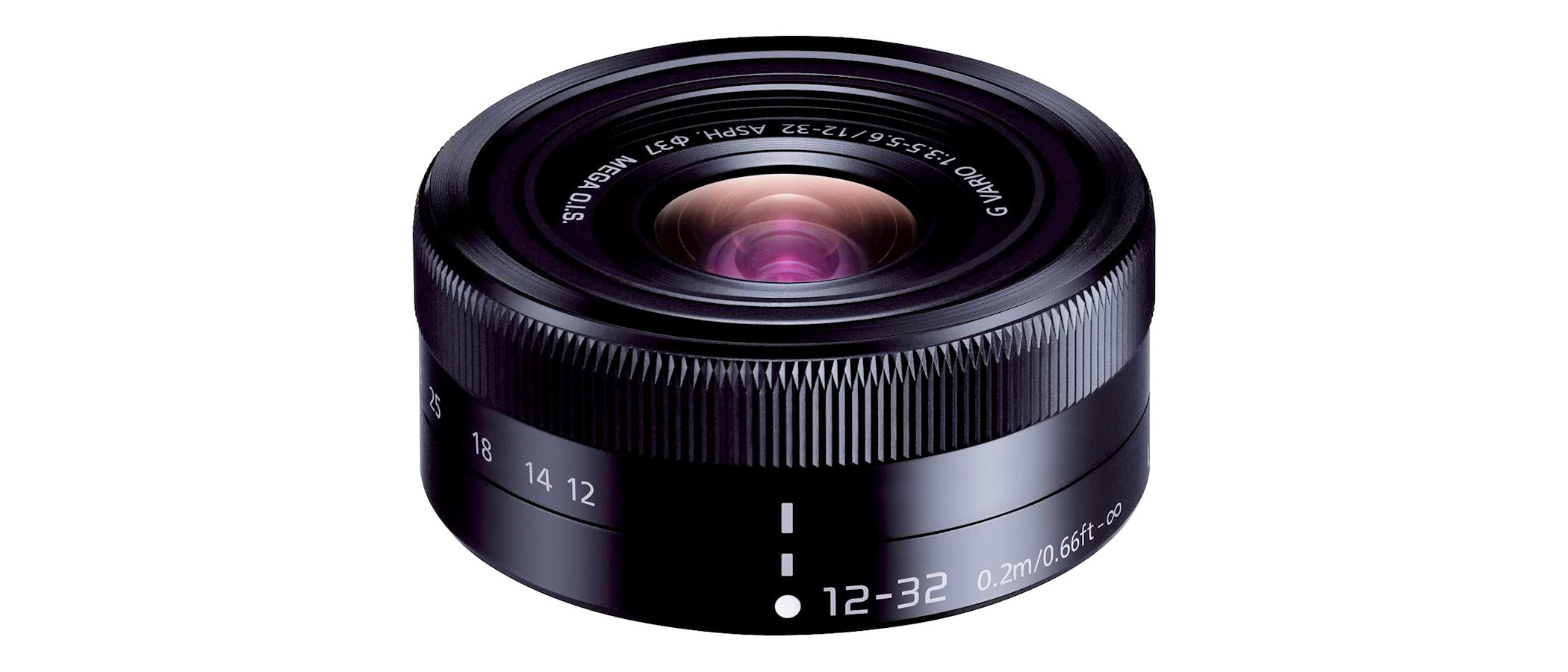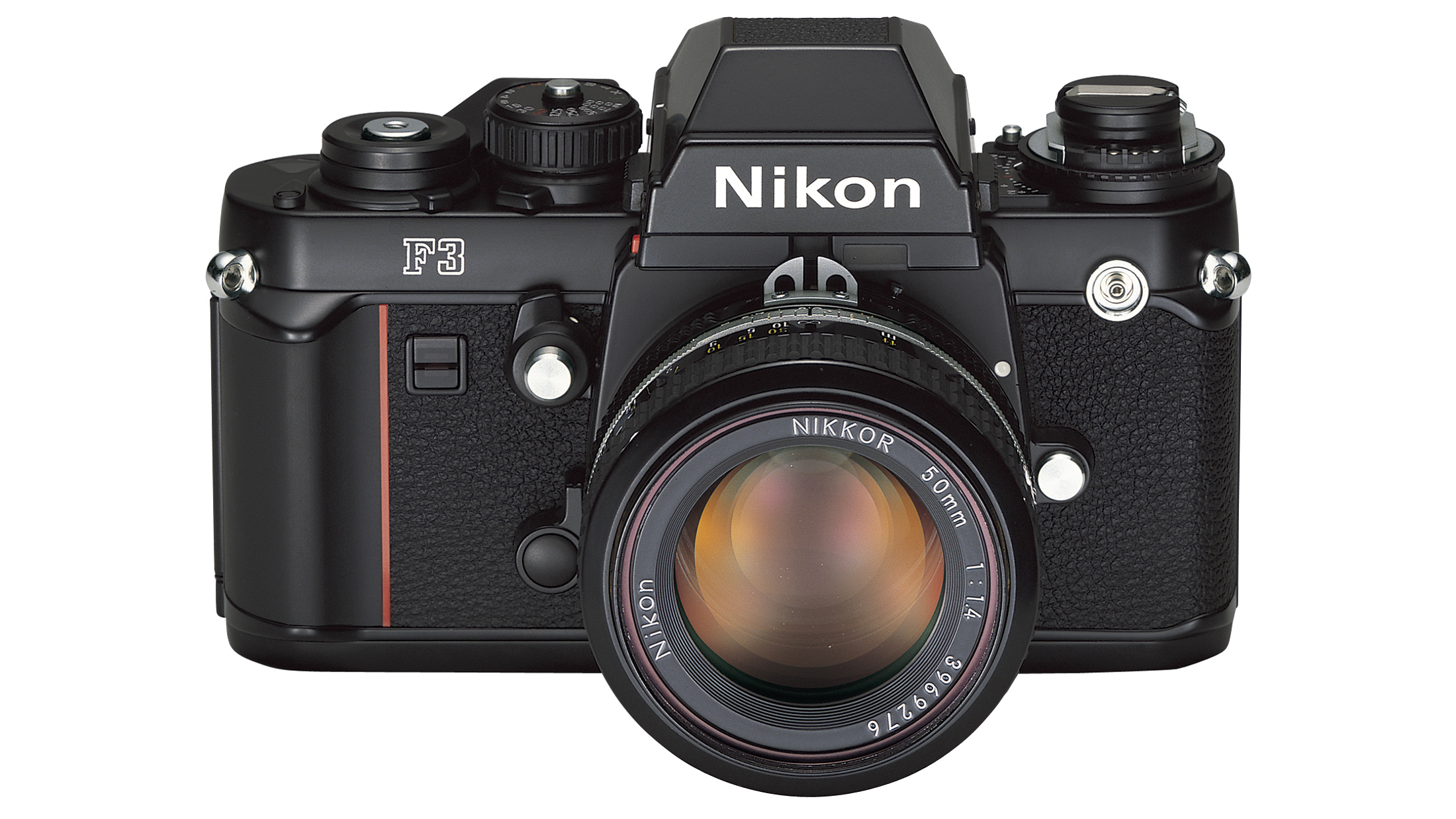Digital Camera World Verdict
This featherweight standard zoom has an effective 24-64mm zoom range on Micro Four Thirds cameras with a none too slow aperture rating of f/3.5-5.6, yet tips the scales at just 70g. Thanks to a retractable design, it’s also tiny enough to qualify as a pancake lens, being less than an inch thick. There’s no manual focus facility but overall performance and image quality are pleasing, making it a good walkabout lens.
Pros
- +
Tiny and lightweight
- +
Optical image stabilizer
- +
Inexpensive to buy
Cons
- -
No manual focus facility
- -
A little barrel distortion at 12mm
- -
No hood supplied
Why you can trust Digital Camera World
Available in black or silver and supplied as a kit zoom with some Panasonic Micro Four Thirds cameras, the Panasonic 12-32mm f/3.5-5.6 Asph Mega OIS is a pretty direct competitor to the Olympus M.ZUIKO Digital ED 14-42mm f/3.5-5.6 EZ Pancake. Both are a similar size and weight. The Olympus has a longer zoom range and features a motorized zoom mechanism, whereas the Panasonic gives better wide-angle coverage and adds optical image stabilization, making it a steadier bet for cameras that lack in-body stabilizers.
Specifications

Mount: Micro Four Thirds
Full-frame: No
Autofocus: Yes
Stabilization: Yes
Lens construction: 8 elements in 7 groups
Angle of view: 84 to 37 degrees
Diaphragm blades: 7
Minimum aperture: f/22
Minimum focusing distance: 0.2m (W) 0.3m (T)
Maximum magnification ratio: 0.13x
Filter size: 37mm
Dimensions: 56x24mm
Weight: 70g
Key features
Thanks to a retractable design, the lens collapses to pretty much the same diminutive size as the competing Olympus 14-42mm lens, measuring just 24mm in length from the camera flange to the forward edge. It’s even lighter, at a featherweight 70g, undercutting the Olympus by 23g.
A key feature of this lens when using Micro Four Thirds cameras that lack in-body stabilization is that it has a 3-stop optical stabilizer that’s lacking in the Olympus. It can be a major bonus for getting consistently sharp handheld shots,
Another major difference between the Panasonic and Olympus pancake zooms is that the Panasonic has a manual rather than motorized zoom mechanism. You have to manually extend the lens from its retracted state when switching on the camera and it’s not so convenient for movie capture, but offers greater zooming precision for stills. The zoom range itself is equivalent to 24-64mm in full-frame terms, compared with 28-84mm for the Olympus. What you lose in telephoto reach you gain in wide-angle coverage.
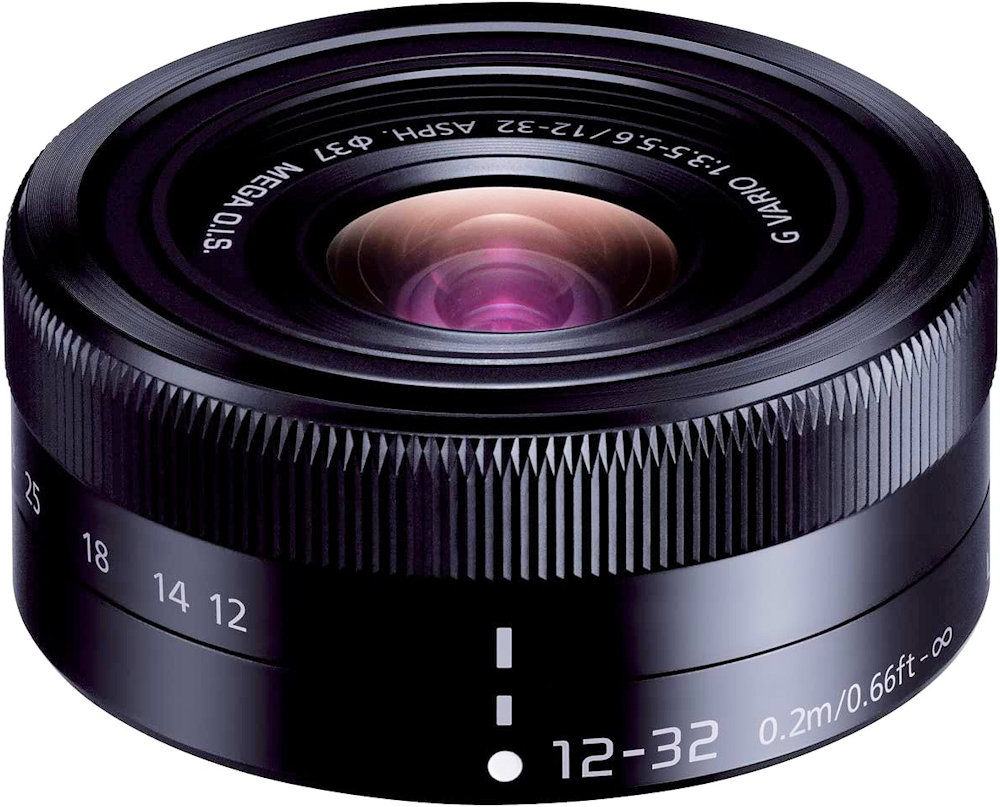
Performance
Helped by the inclusion of three aspherical elements and one ED (Extra-low Dispersion) element, the tiny Panasonic punches above its weight for image quality. Autofocus is swift for stills and smooth for video capture, as well as being consistently accurate. That’s just as well, as the lens lacks a manual focus ring altogether.
Lab results
We run a range of lab tests under controlled conditions, using the Imatest Master testing suite. Photos of test charts are taken across the range of apertures and zooms (where available), then analyzed for sharpness, distortion and chromatic aberrations.
We use Imatest SFR (spatial frequency response) charts and analysis software to plot lens resolution at the center of the image frame, corners and mid-point distances, across the range of aperture settings and, with zoom lenses, at four different focal lengths. The tests also measure distortion and color fringing (chromatic aberration).
Sharpness:
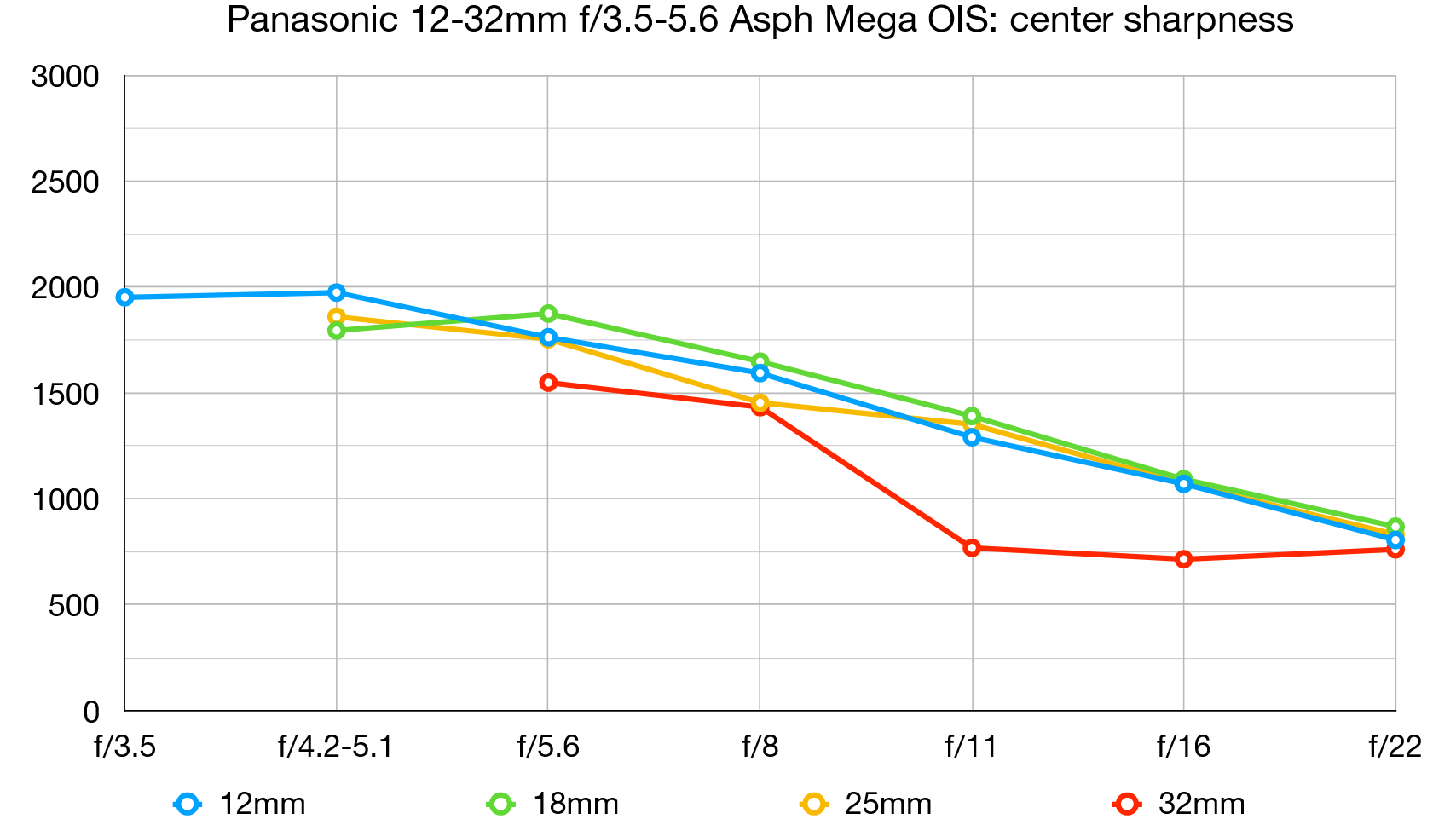
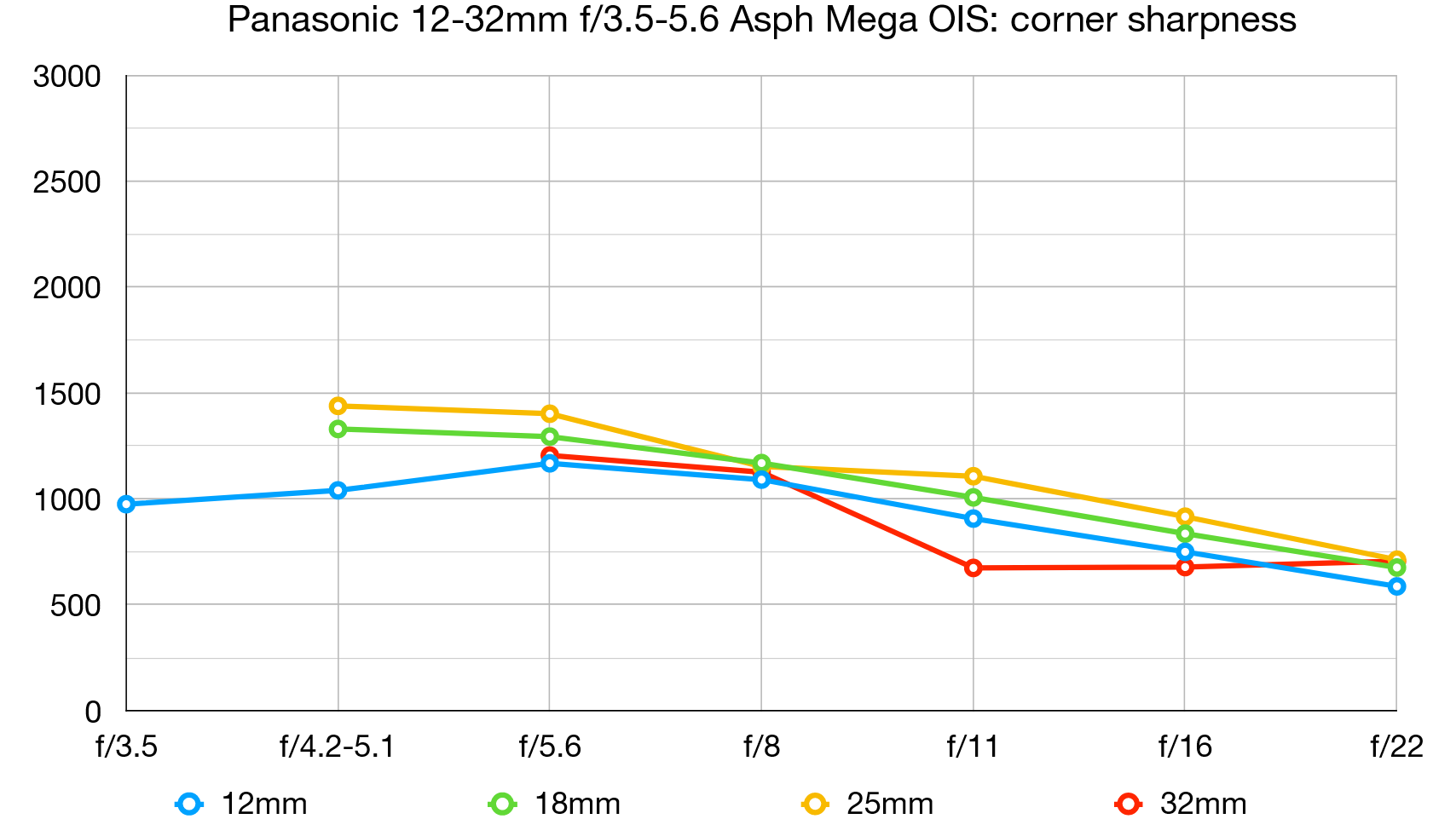
Impressive levels of sharpness tail off slightly at the long end of the zoom range but are very good overall, right out to the edges and corners of the image frame.
Fringing:
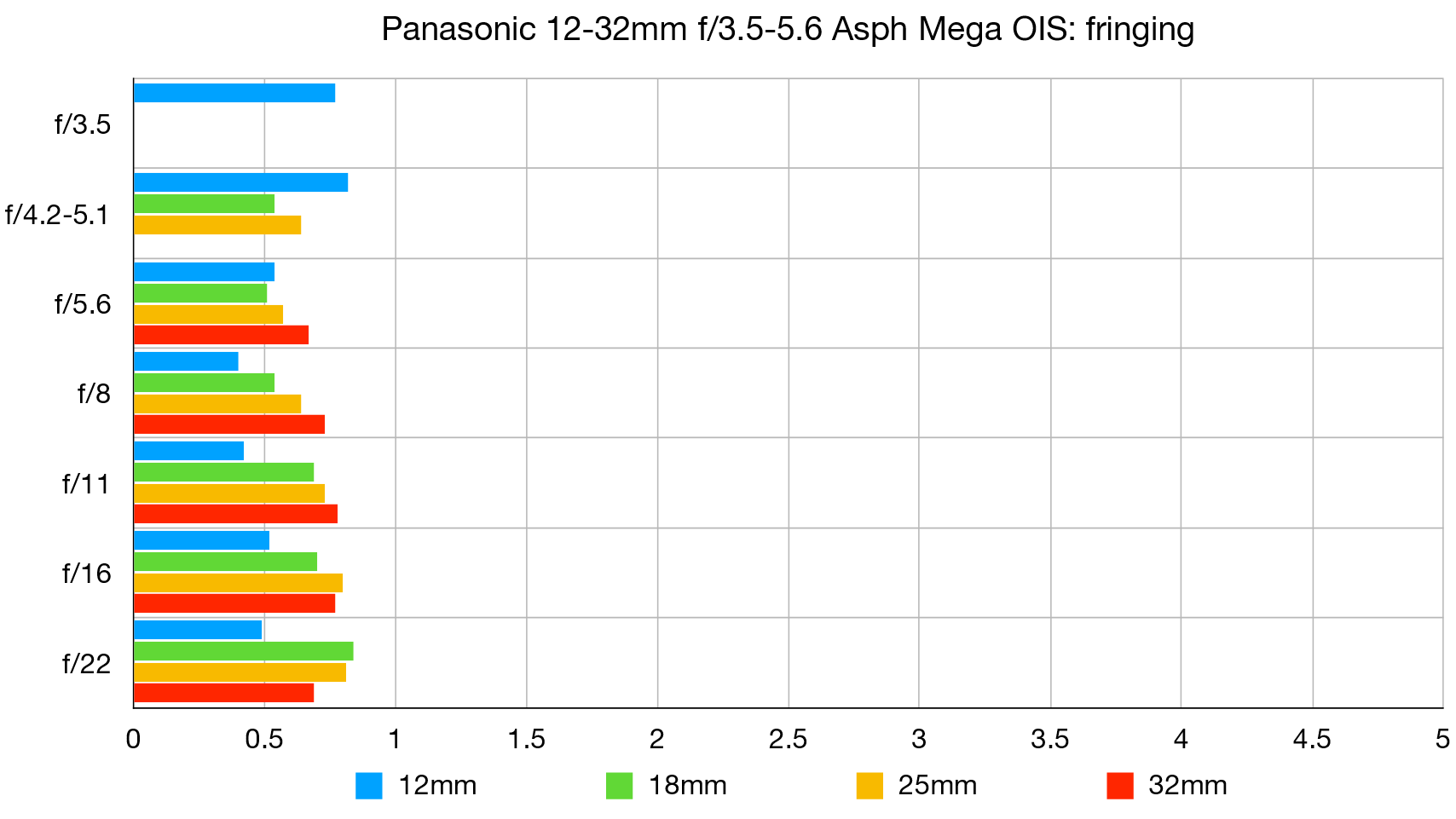
Thanks to firmware correction, there’s virtually no color fringing to be seen, even in the corners of the image frame.
Distortion:
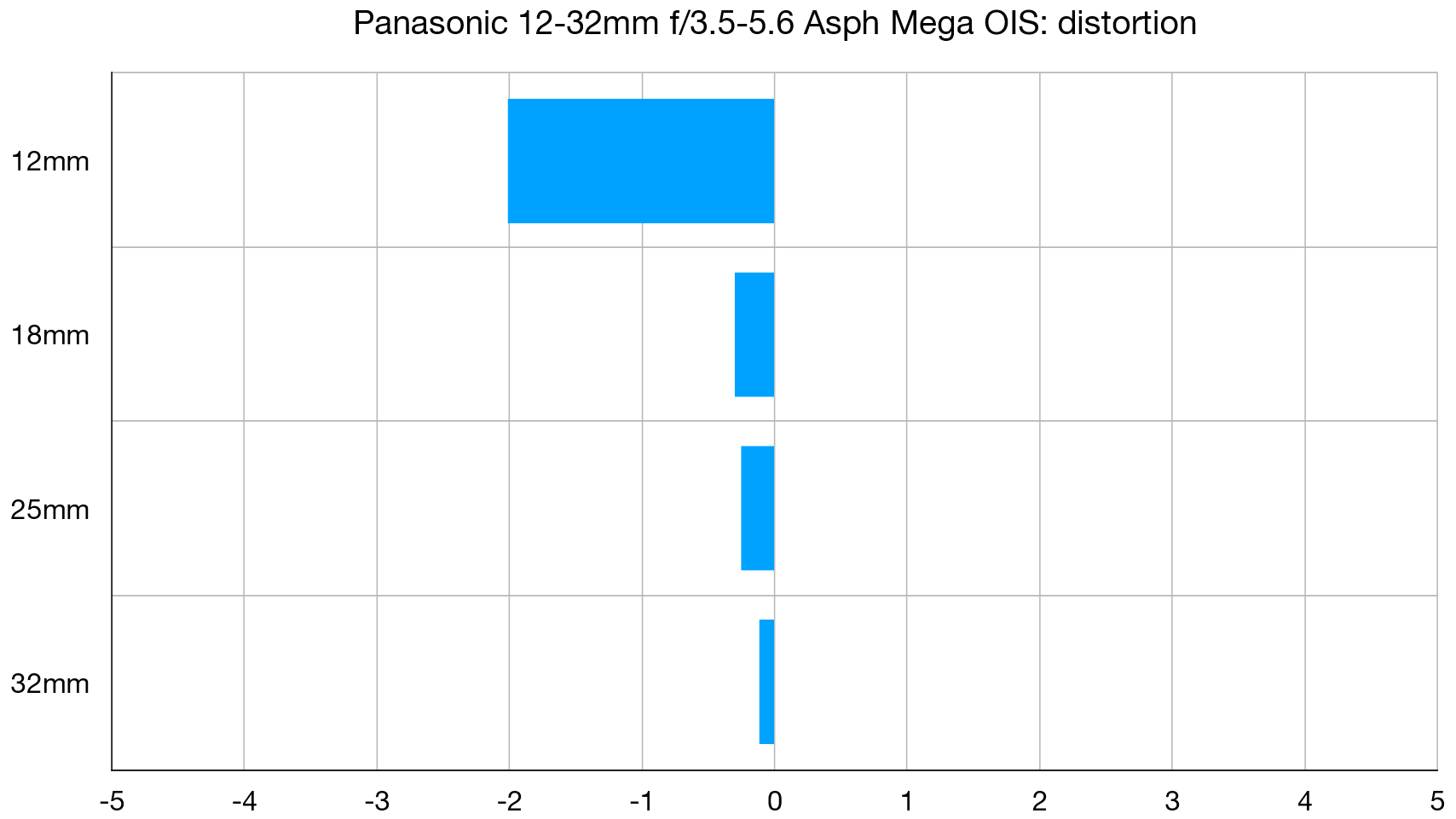
Despite automatic correction, there’s a little barrel distortion evident at the shortest zoom setting, but it’s certainly not severe.
Verdict
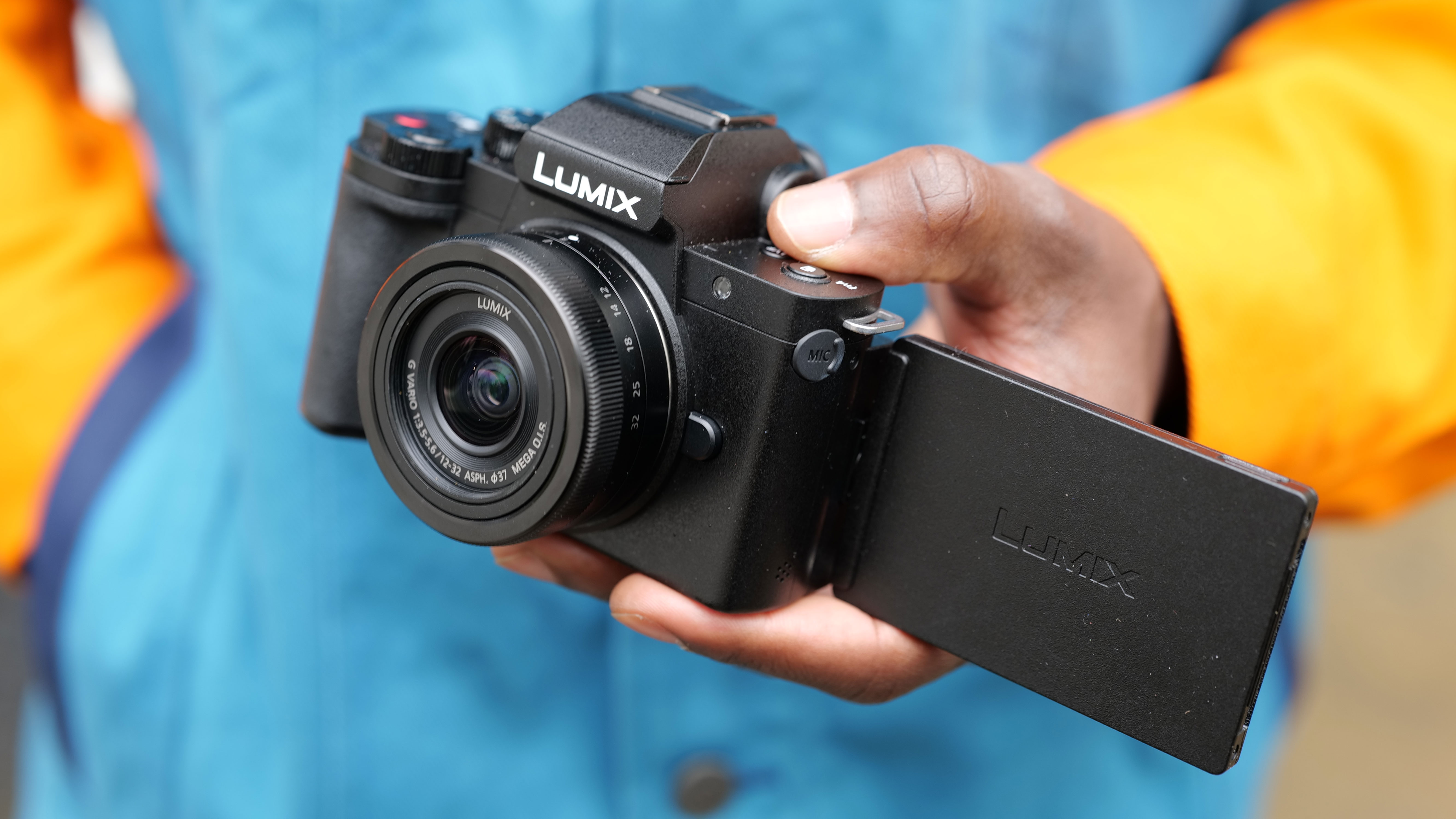
This featherweight standard zoom has an effective 24-64mm zoom range on Micro Four Thirds cameras with a none too slow aperture rating of f/3.5-5.6, yet tips the scales at just 70g. Thanks to a retractable design, it’s also tiny enough to qualify as a pancake lens, being less than an inch thick. There’s no manual focus facility but overall performance and image quality are pleasing, making it a good walkabout lens.
Matthew Richards is a photographer and journalist who has spent years using and reviewing all manner of photo gear. He is Digital Camera World's principal lens reviewer – and has tested more primes and zooms than most people have had hot dinners!
His expertise with equipment doesn’t end there, though. He is also an encyclopedia when it comes to all manner of cameras, camera holsters and bags, flashguns, tripods and heads, printers, papers and inks, and just about anything imaging-related.
In an earlier life he was a broadcast engineer at the BBC, as well as a former editor of PC Guide.
